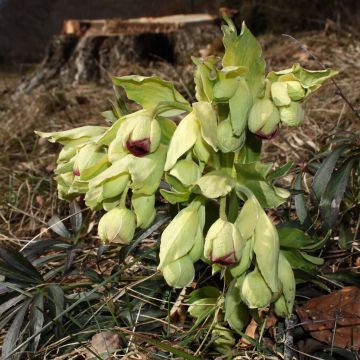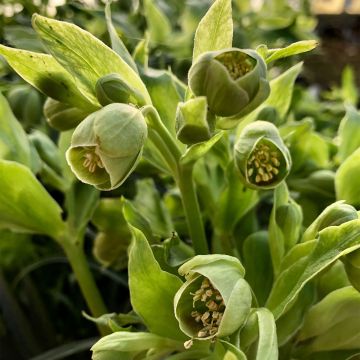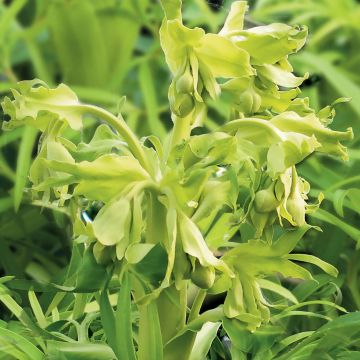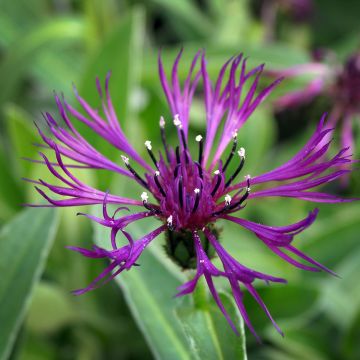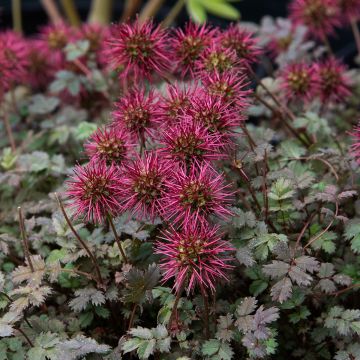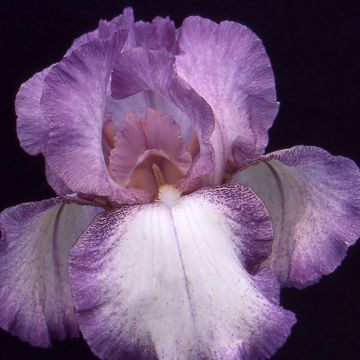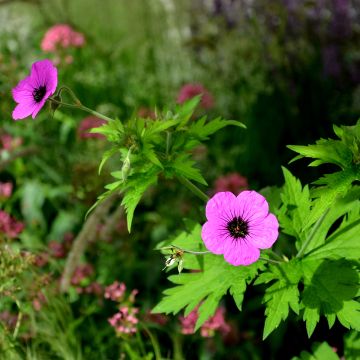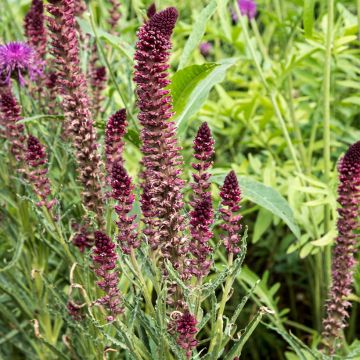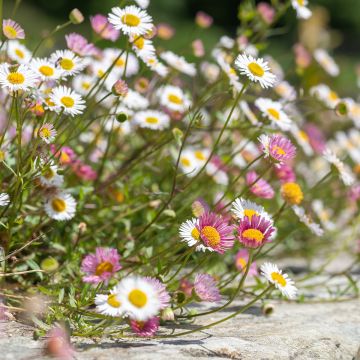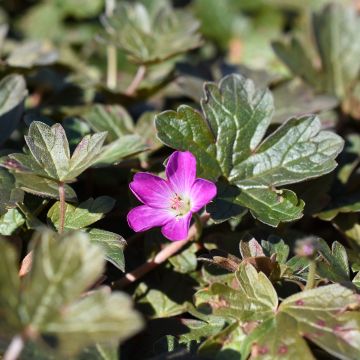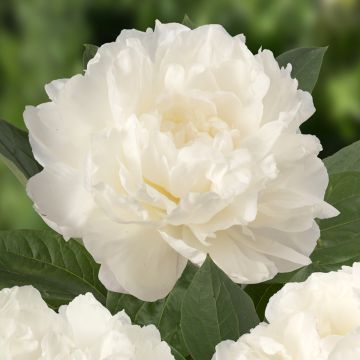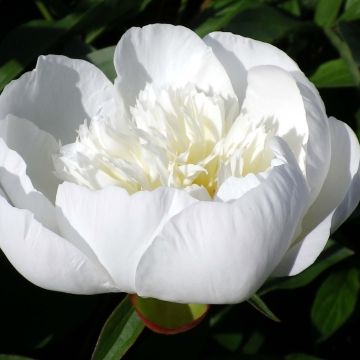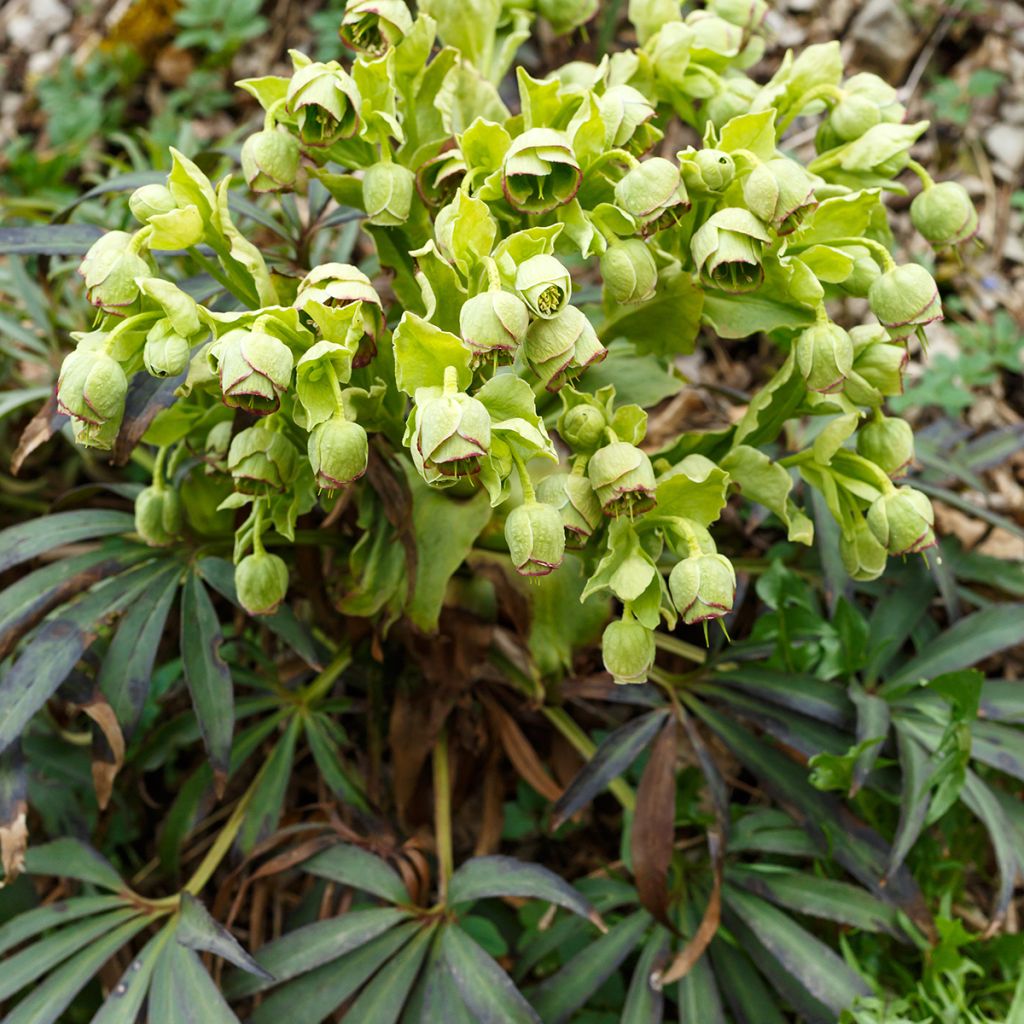

Helleborus foetidus - Stinking hellebore
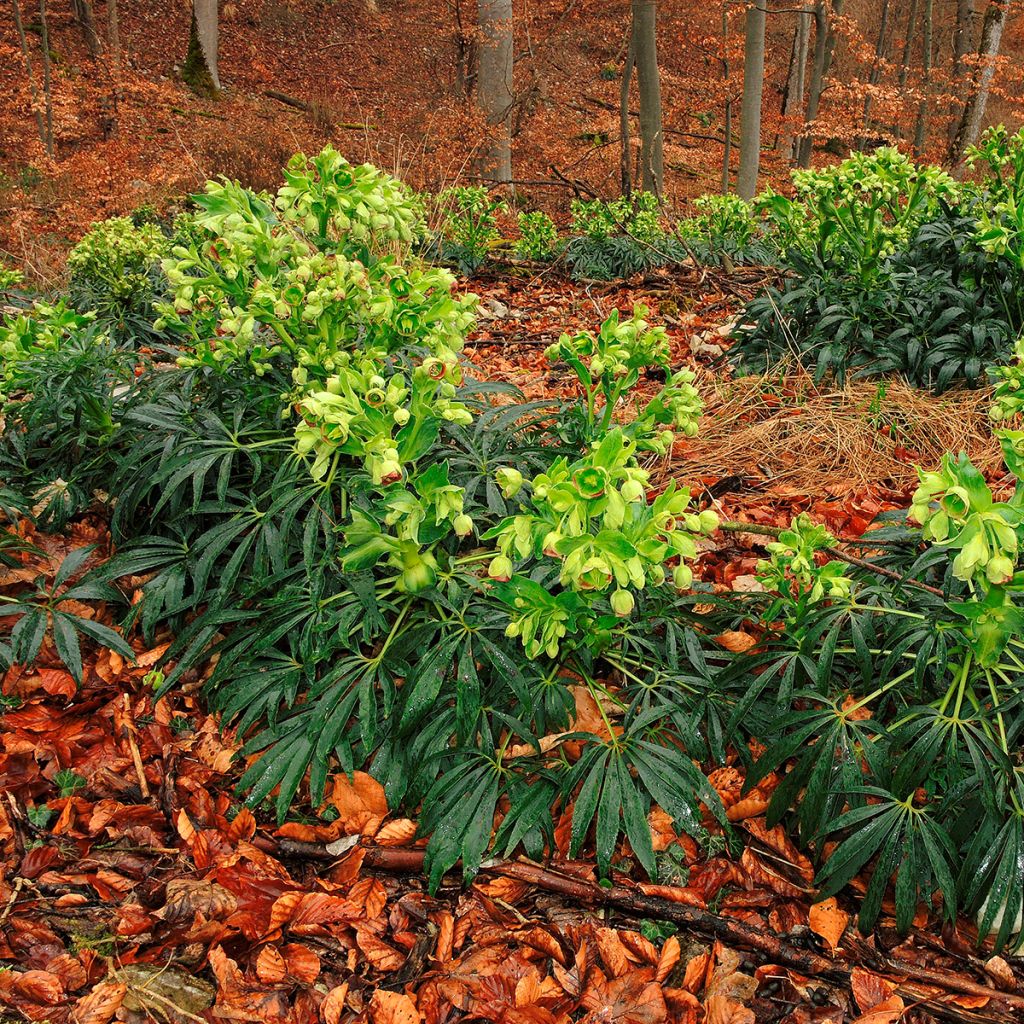

Helleborus foetidus - Stinking hellebore
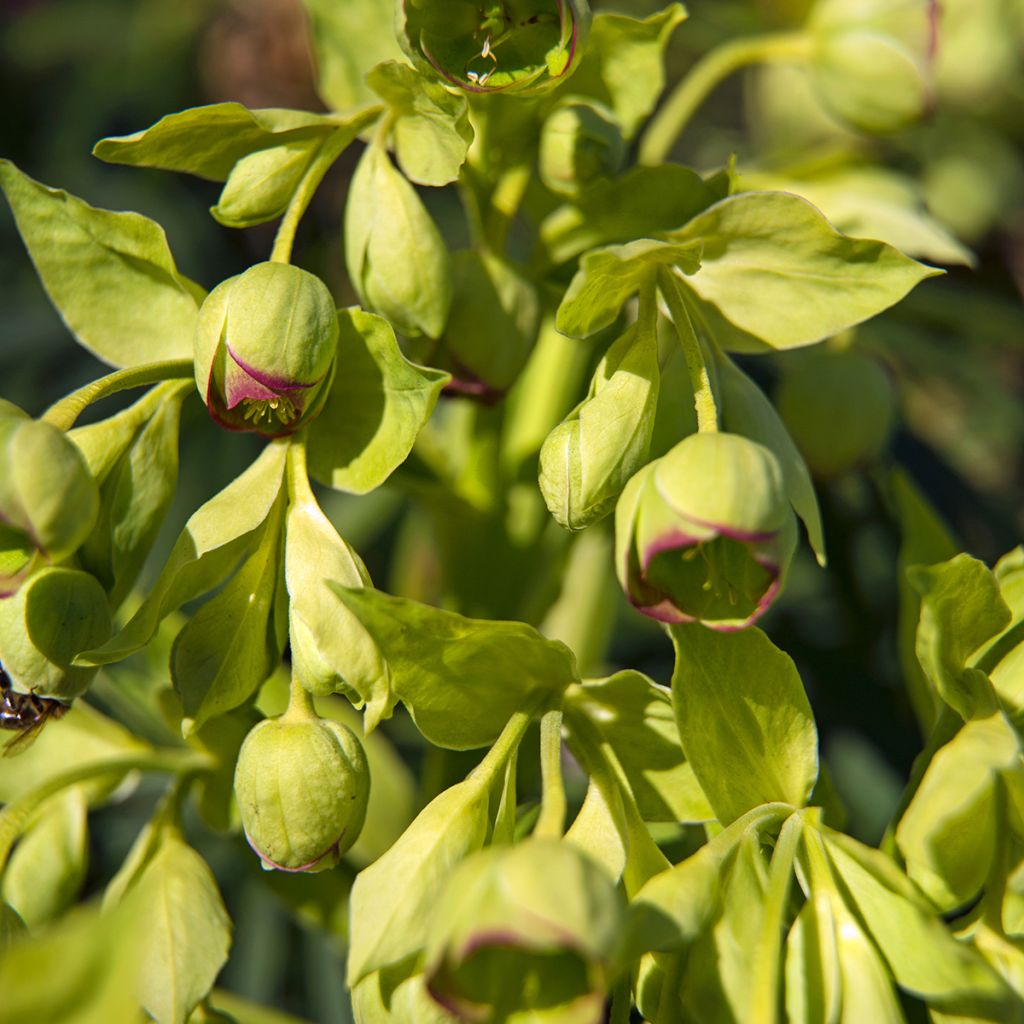

Helleborus foetidus - Stinking hellebore
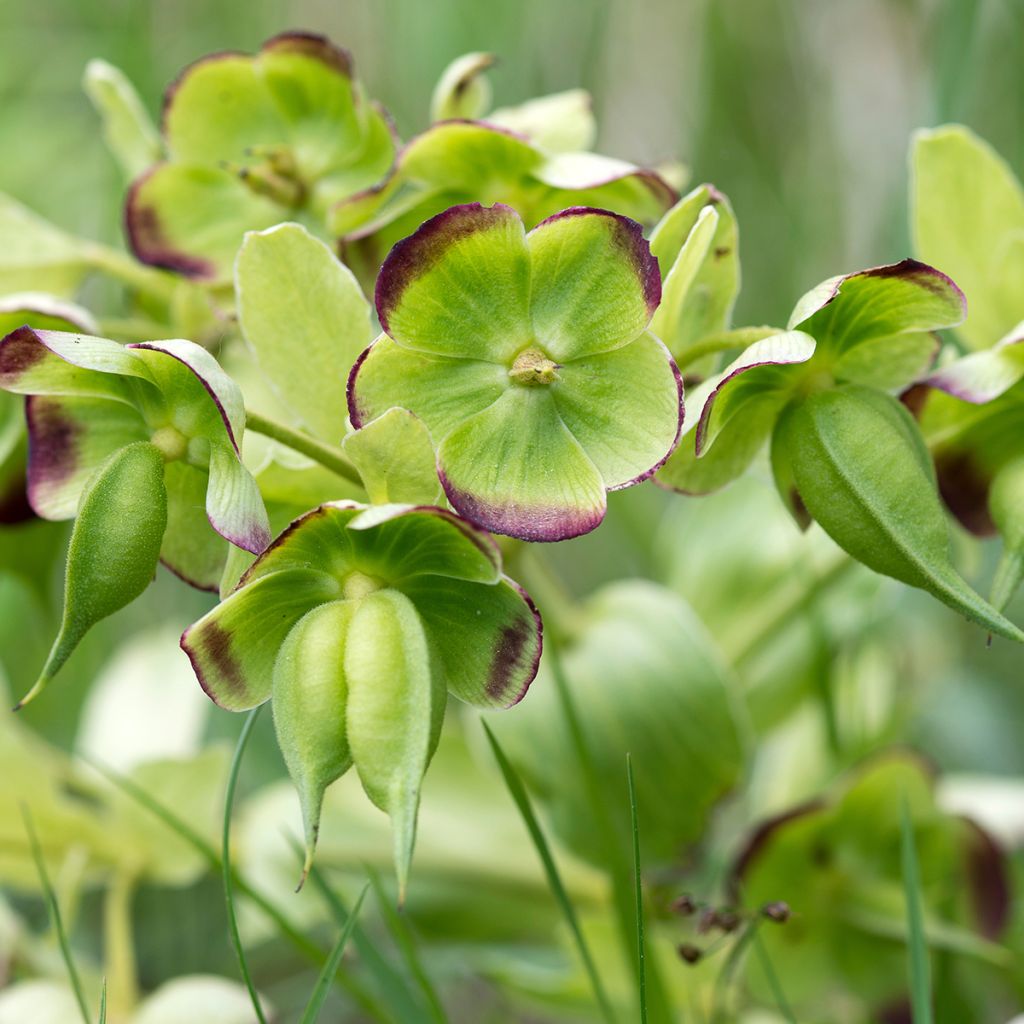

Helleborus foetidus - Stinking hellebore
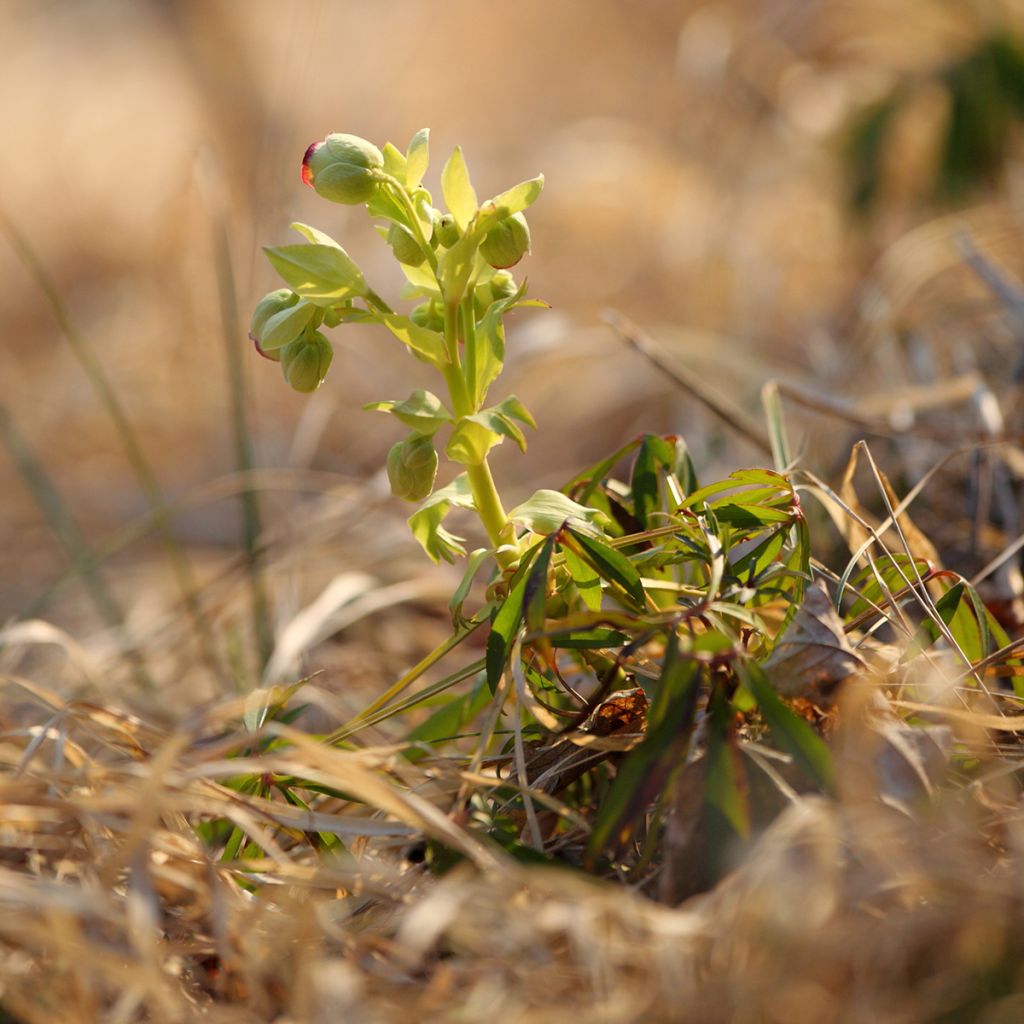

Helleborus foetidus - Stinking hellebore
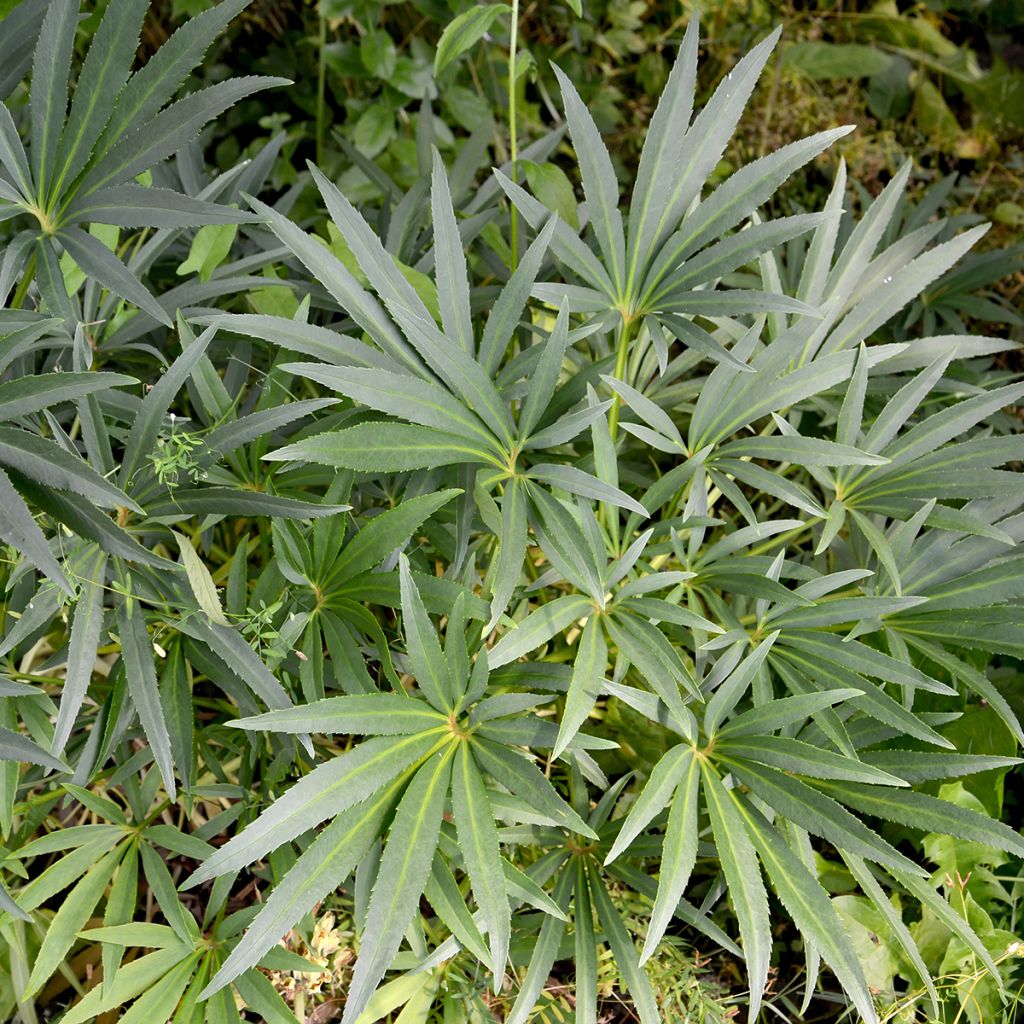

Helleborus foetidus - Stinking hellebore
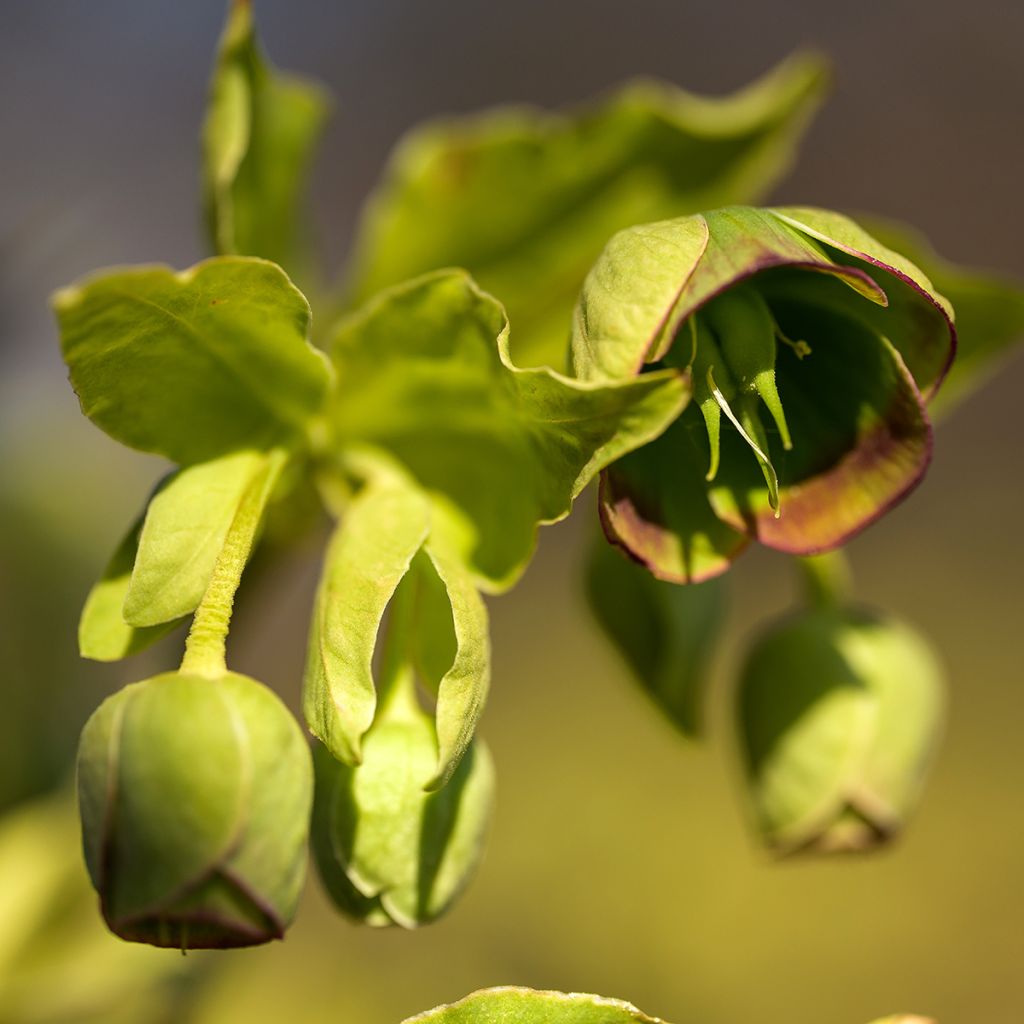

Helleborus foetidus - Stinking hellebore
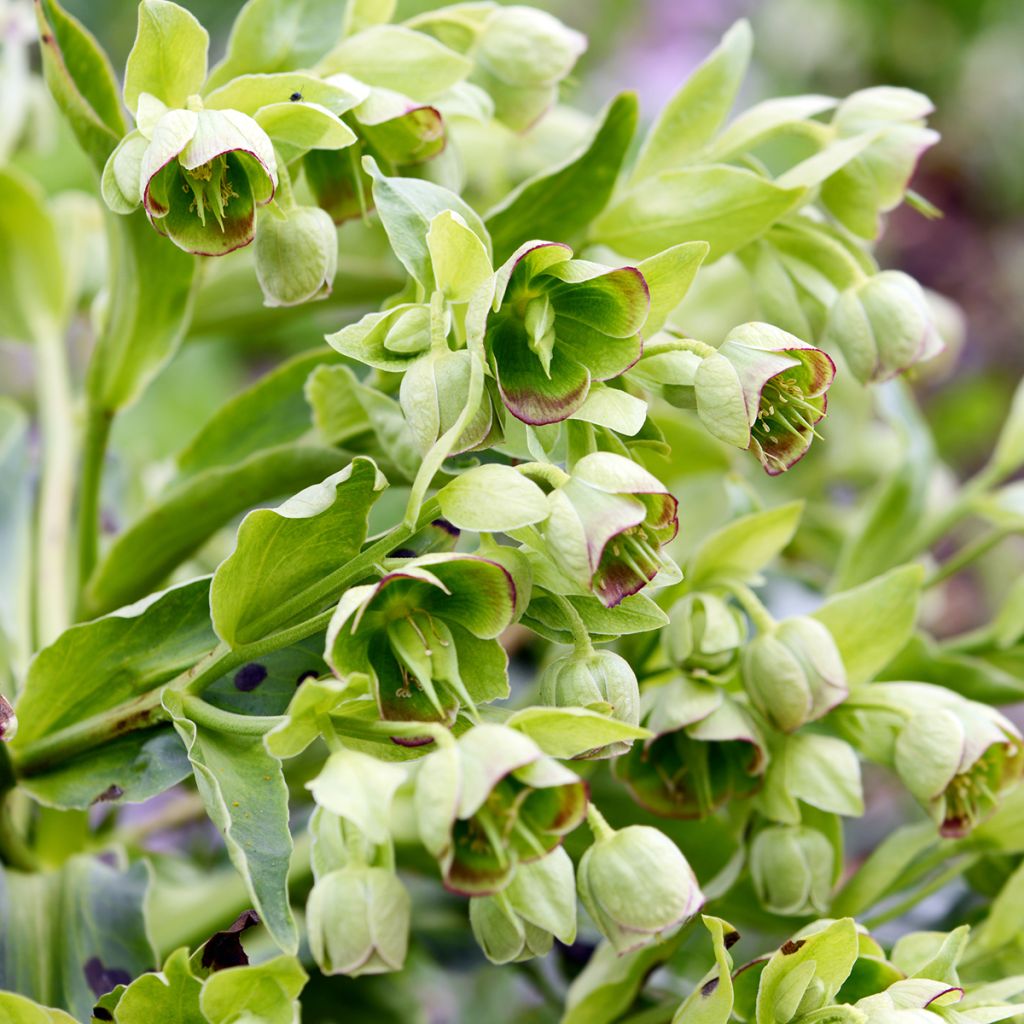

Helleborus foetidus - Stinking hellebore
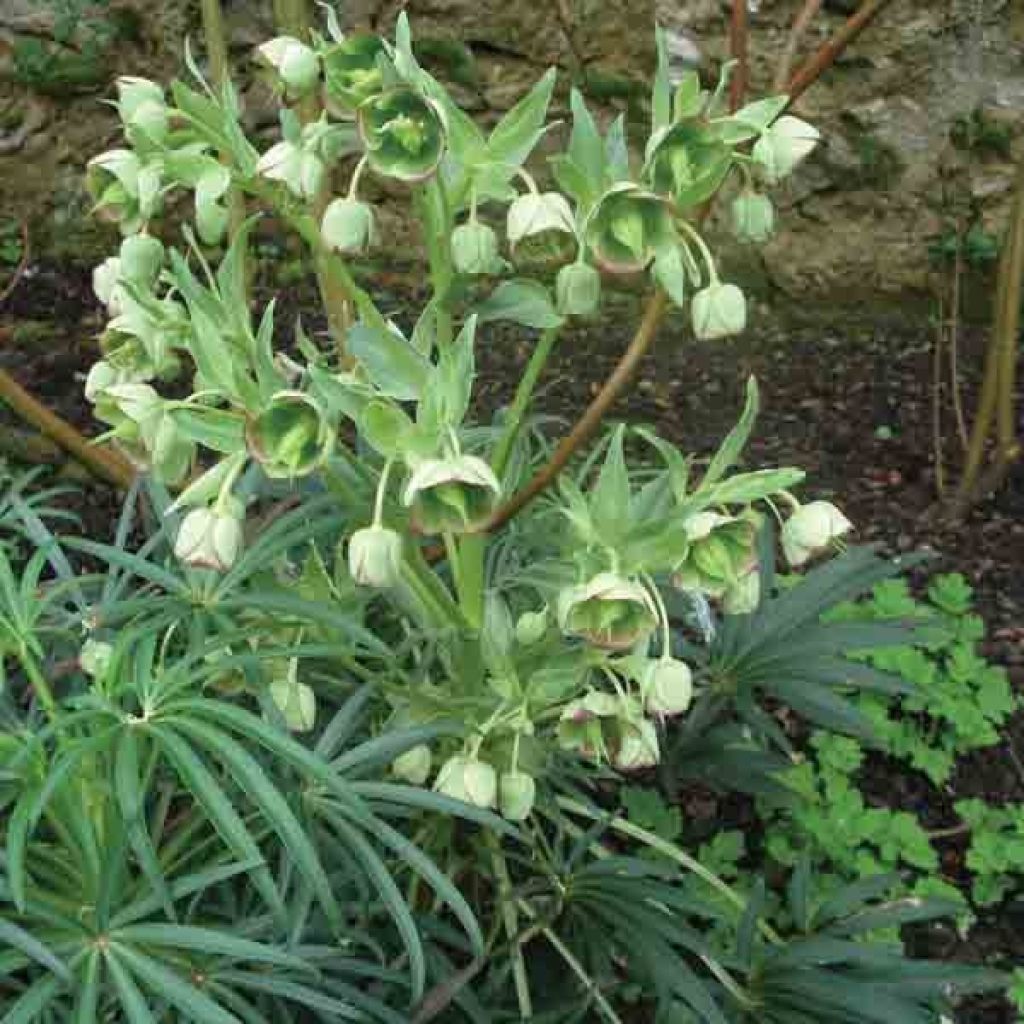

Helleborus foetidus - Stinking hellebore
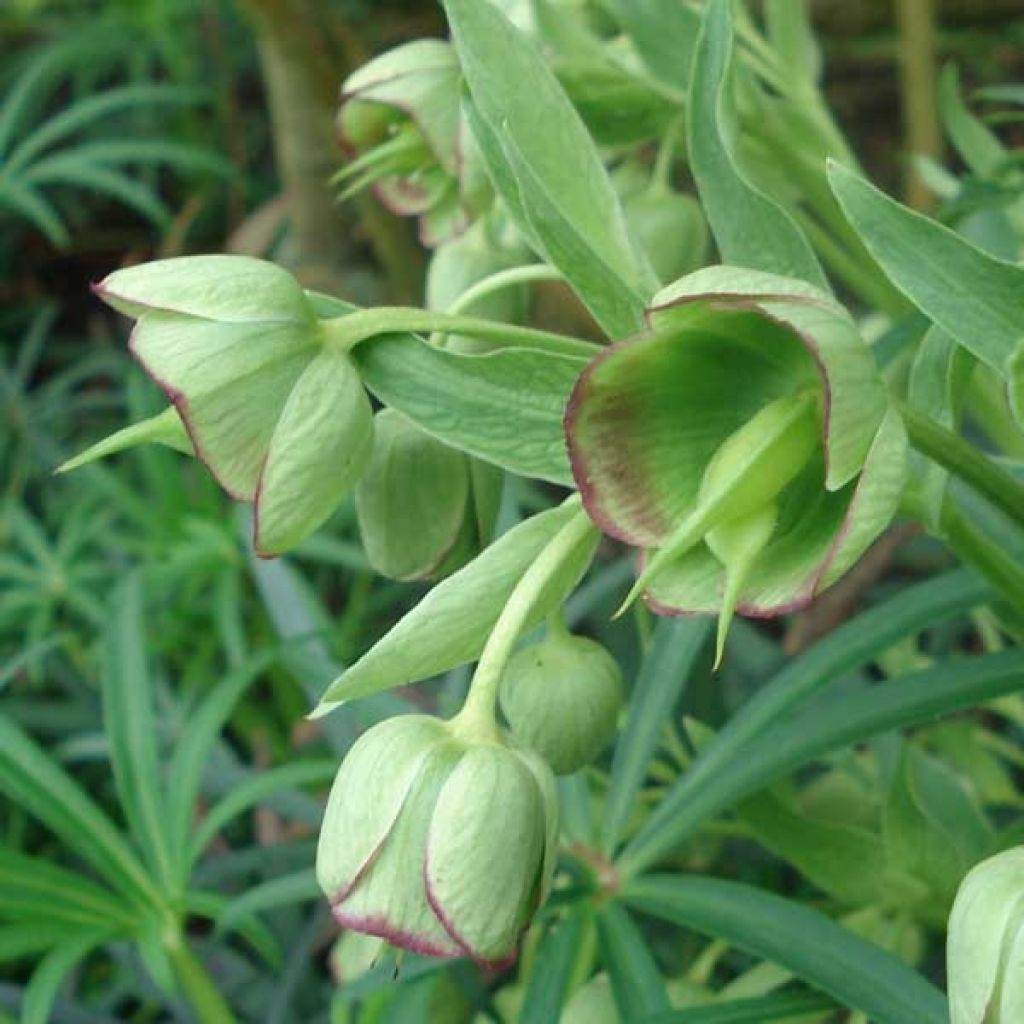

Helleborus foetidus - Stinking hellebore
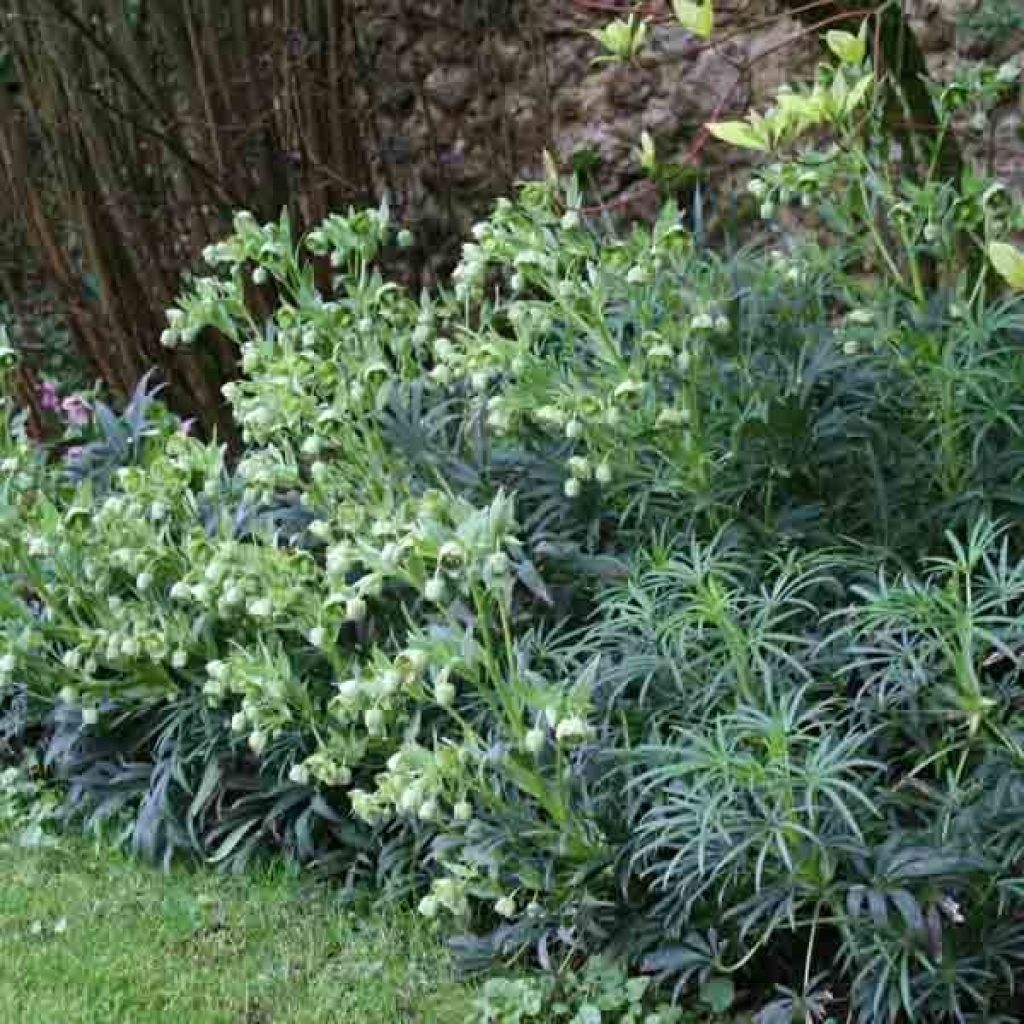

Helleborus foetidus - Stinking hellebore
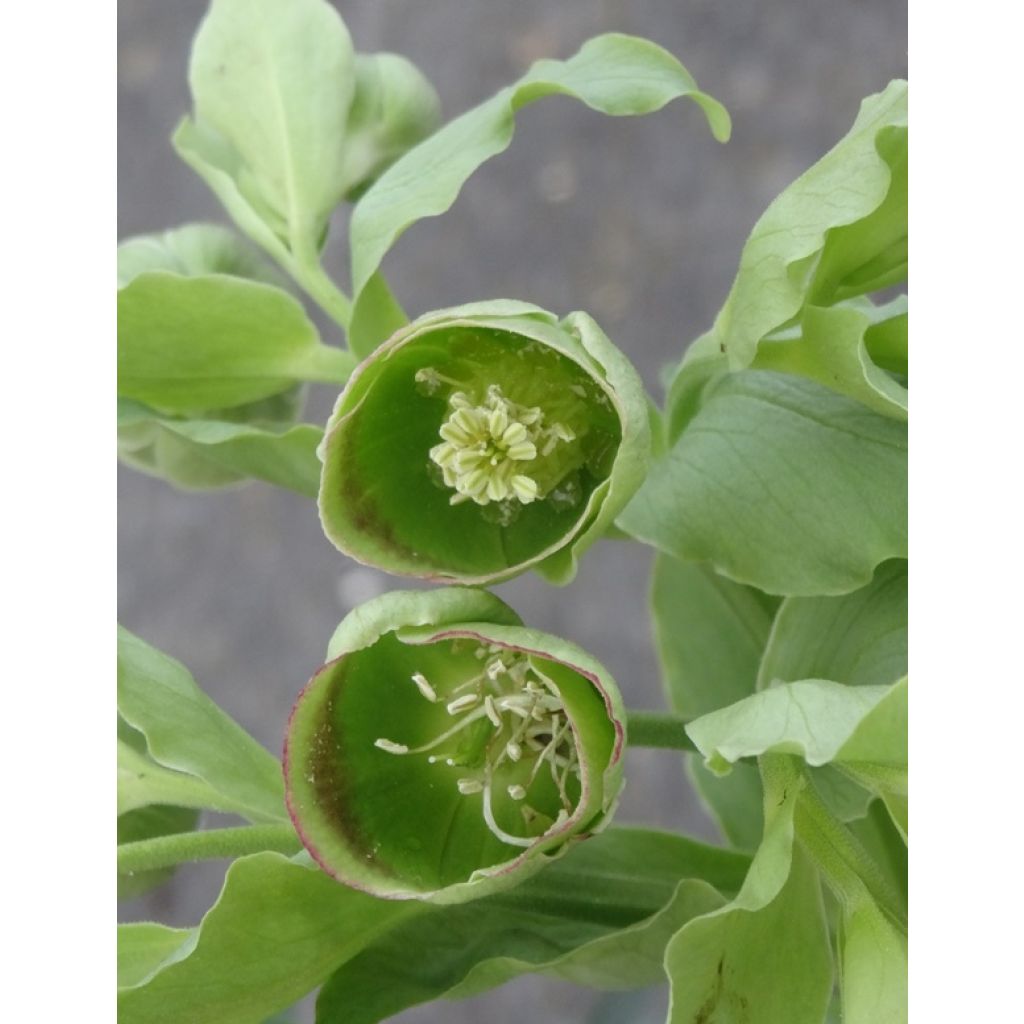

Helleborus foetidus - Stinking hellebore
Helleborus foetidus - Stinking hellebore
Helleborus foetidus
Stinking Hellebore, Bear's foot, Dungwort, Foetid hellebore, Ox heel
The young plant received is of a good size and vigorous, I am very satisfied.
Katia, 19/04/2021
This item cannot be shipped to the selected country
Delivery charge from €5.90
More information
Schedule delivery date,
and select date in basket
This plant carries a 12 months recovery warranty
More information
We guarantee the quality of our plants for a full growing cycle, and will replace at our expense any plant that fails to recover under normal climatic and planting conditions.
From €5.90 for pickup delivery and €6.90 for home delivery
Express home delivery from €8.90.


Does this plant fit my garden?
Set up your Plantfit profile →
Description
Helleborus foetidus, also known as Stinking Hellebore, is a perennial that stands upright at the beginning of flowering and gradually bends over. These biennial and robust stems, 30 to 45cm (12 to 18in) tall, are glabrous (lacking leaves at the collar) but densely leafy below the inflorescence. Blooming early from January to April, it bears compound cymes of numerous small bell-shaped flowers, 1 to 3cm (0.5 to 1in) in diameter. These flowers are inclined to protect themselves from bad weather and symmetrical. They are pale green in colour, bordered with purple. They have numerous stamens, larger than the petals, inserted spirally as in all Ranunculaceae.
Following flowering, the Stinking Hellebore produces dry fruits releasing several seeds. These seeds were formerly used in the Middle Ages for their supposed purgative virtue to treat madness. The dark green leaves of this variety emit an unpleasant smell when crushed. They are divided into 7 to 10 narrow and lanceolate lobes. They are evergreen leaves that measure 15 to 25cm (6 to 10in) long. They become darker in winter. They are arranged horizontally around the stem.
Helleborus foetidus produces a large quantity of pollen. Native to western and central Europe, it is a perennial that does not last long, from 3 to 4 years. It reaches a height of 80cm (32in) at maturity. It is also a very hardy plant. It is visited by dipterous insects, bees, and bumblebees. It is found in undergrowth, shaded flower beds, as well as in scrubland and rocky areas. It is a plant that brightens up our winter walks. This Hellebore is a close relative of Helleborus niger. It is also a plant that can be toxic.
Report an error about the product description
Helleborus foetidus - Stinking hellebore in pictures
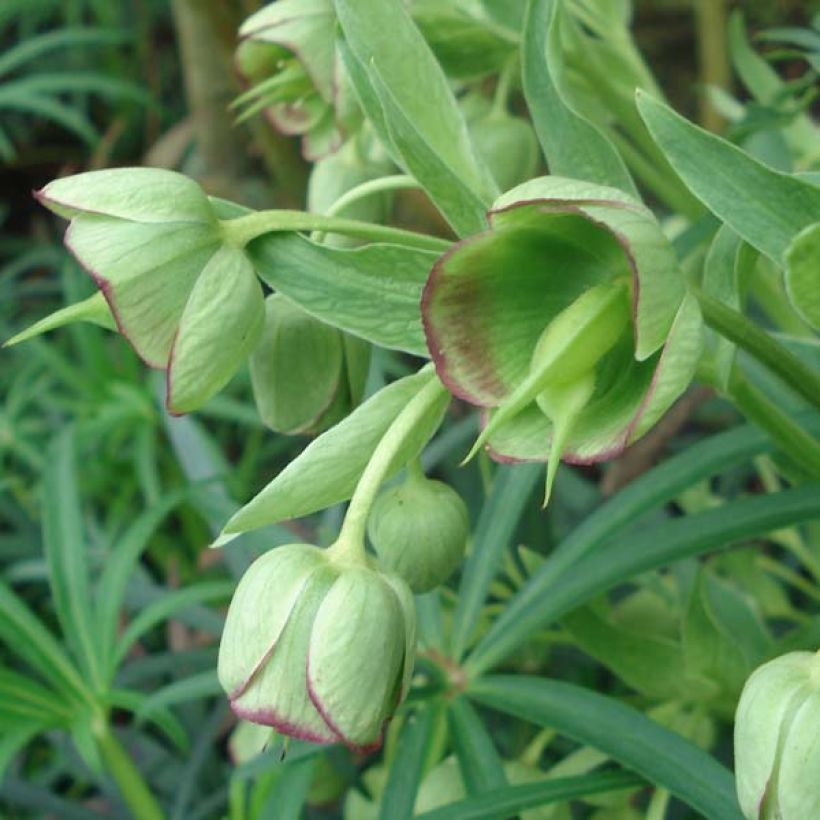

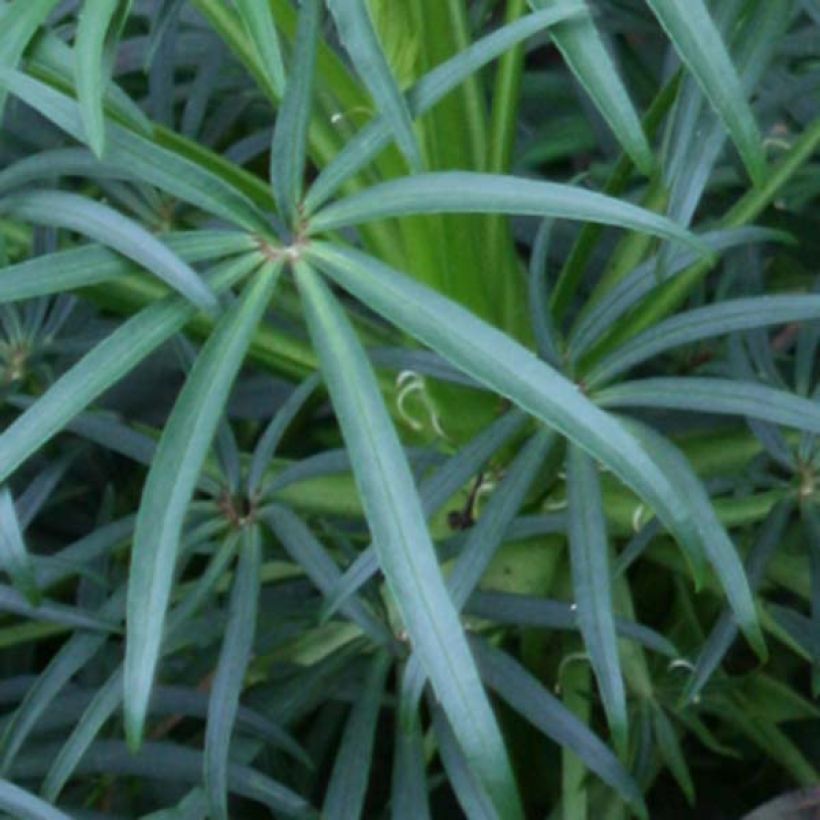

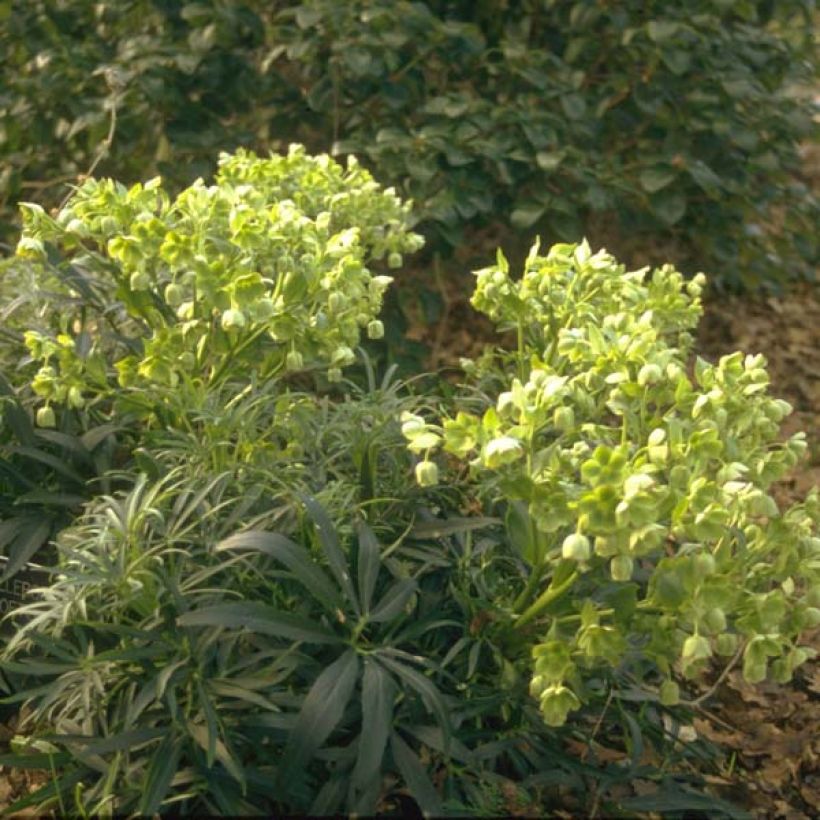

Flowering
Foliage
Plant habit
Botanical data
Helleborus
foetidus
Ranunculaceae
Stinking Hellebore, Bear's foot, Dungwort, Foetid hellebore, Ox heel
Central Europe
Other Helleborus foetidus
Planting and care
Helleborus foetidus is ideally placed in the north in light shade or partial shade, sheltered from the wind. It is a calcicolous plant, meaning it grows in limestone soil. The soil should be fertile, moist but well-drained. This plant can be planted from early autumn to spring to flower from January to April. When planting, add leaf compost or organic matter. Be careful not to plant the plants too close together to promote their development. Water the plants well after planting and then add a layer of mulch 2 to 5cm (1 to 2in) thick. Regularly remove faded leaves, especially when flower buds appear. Later, remove faded flowers after seed fall. In autumn and spring, add compost to your Hellebores to stimulate their flowering. Once all the flowers have faded, replace the topsoil around the base of your plants with compost or well-rotted manure. Hellebores do not like stagnant water as it can cause them to rot. In summer, never let the stumps completely dry out. Hellebores do not like to be moved. Helleborus foetidus may be susceptible to black rot or the appearance of leaf spots. Aphids and snails can attack the plant.
Planting period
Intended location
Care
-
, onOrder confirmed
Reply from on Promesse de fleurs
Spring flowering perennials
Haven't found what you were looking for?
Hardiness is the lowest winter temperature a plant can endure without suffering serious damage or even dying. However, hardiness is affected by location (a sheltered area, such as a patio), protection (winter cover) and soil type (hardiness is improved by well-drained soil).

Photo Sharing Terms & Conditions
In order to encourage gardeners to interact and share their experiences, Promesse de fleurs offers various media enabling content to be uploaded onto its Site - in particular via the ‘Photo sharing’ module.
The User agrees to refrain from:
- Posting any content that is illegal, prejudicial, insulting, racist, inciteful to hatred, revisionist, contrary to public decency, that infringes on privacy or on the privacy rights of third parties, in particular the publicity rights of persons and goods, intellectual property rights, or the right to privacy.
- Submitting content on behalf of a third party;
- Impersonate the identity of a third party and/or publish any personal information about a third party;
In general, the User undertakes to refrain from any unethical behaviour.
All Content (in particular text, comments, files, images, photos, videos, creative works, etc.), which may be subject to property or intellectual property rights, image or other private rights, shall remain the property of the User, subject to the limited rights granted by the terms of the licence granted by Promesse de fleurs as stated below. Users are at liberty to publish or not to publish such Content on the Site, notably via the ‘Photo Sharing’ facility, and accept that this Content shall be made public and freely accessible, notably on the Internet.
Users further acknowledge, undertake to have ,and guarantee that they hold all necessary rights and permissions to publish such material on the Site, in particular with regard to the legislation in force pertaining to any privacy, property, intellectual property, image, or contractual rights, or rights of any other nature. By publishing such Content on the Site, Users acknowledge accepting full liability as publishers of the Content within the meaning of the law, and grant Promesse de fleurs, free of charge, an inclusive, worldwide licence for the said Content for the entire duration of its publication, including all reproduction, representation, up/downloading, displaying, performing, transmission, and storage rights.
Users also grant permission for their name to be linked to the Content and accept that this link may not always be made available.
By engaging in posting material, Users consent to their Content becoming automatically accessible on the Internet, in particular on other sites and/or blogs and/or web pages of the Promesse de fleurs site, including in particular social pages and the Promesse de fleurs catalogue.
Users may secure the removal of entrusted content free of charge by issuing a simple request via our contact form.
The flowering period indicated on our website applies to countries and regions located in USDA zone 8 (France, the United Kingdom, Ireland, the Netherlands, etc.)
It will vary according to where you live:
- In zones 9 to 10 (Italy, Spain, Greece, etc.), flowering will occur about 2 to 4 weeks earlier.
- In zones 6 to 7 (Germany, Poland, Slovenia, and lower mountainous regions), flowering will be delayed by 2 to 3 weeks.
- In zone 5 (Central Europe, Scandinavia), blooming will be delayed by 3 to 5 weeks.
In temperate climates, pruning of spring-flowering shrubs (forsythia, spireas, etc.) should be done just after flowering.
Pruning of summer-flowering shrubs (Indian Lilac, Perovskia, etc.) can be done in winter or spring.
In cold regions as well as with frost-sensitive plants, avoid pruning too early when severe frosts may still occur.
The planting period indicated on our website applies to countries and regions located in USDA zone 8 (France, United Kingdom, Ireland, Netherlands).
It will vary according to where you live:
- In Mediterranean zones (Marseille, Madrid, Milan, etc.), autumn and winter are the best planting periods.
- In continental zones (Strasbourg, Munich, Vienna, etc.), delay planting by 2 to 3 weeks in spring and bring it forward by 2 to 4 weeks in autumn.
- In mountainous regions (the Alps, Pyrenees, Carpathians, etc.), it is best to plant in late spring (May-June) or late summer (August-September).
The harvesting period indicated on our website applies to countries and regions in USDA zone 8 (France, England, Ireland, the Netherlands).
In colder areas (Scandinavia, Poland, Austria...) fruit and vegetable harvests are likely to be delayed by 3-4 weeks.
In warmer areas (Italy, Spain, Greece, etc.), harvesting will probably take place earlier, depending on weather conditions.
The sowing periods indicated on our website apply to countries and regions within USDA Zone 8 (France, UK, Ireland, Netherlands).
In colder areas (Scandinavia, Poland, Austria...), delay any outdoor sowing by 3-4 weeks, or sow under glass.
In warmer climes (Italy, Spain, Greece, etc.), bring outdoor sowing forward by a few weeks.

































